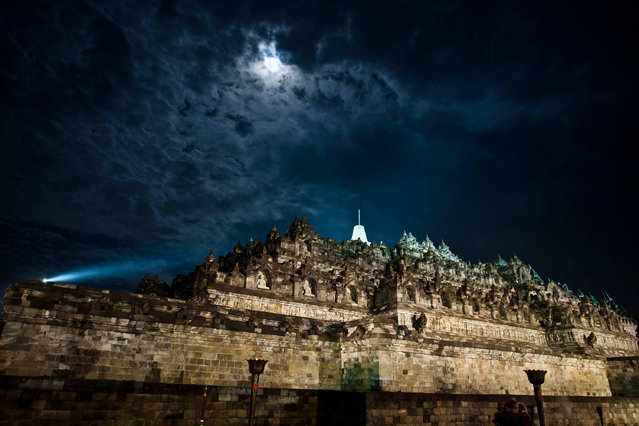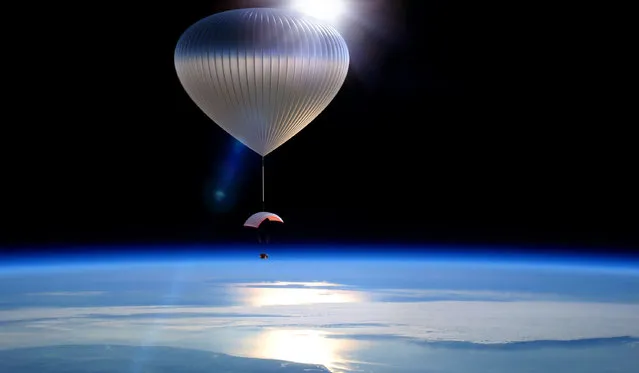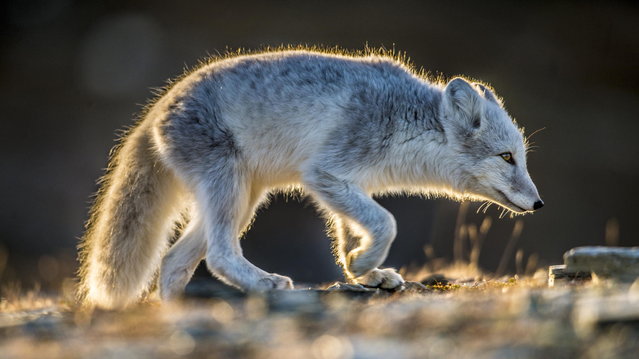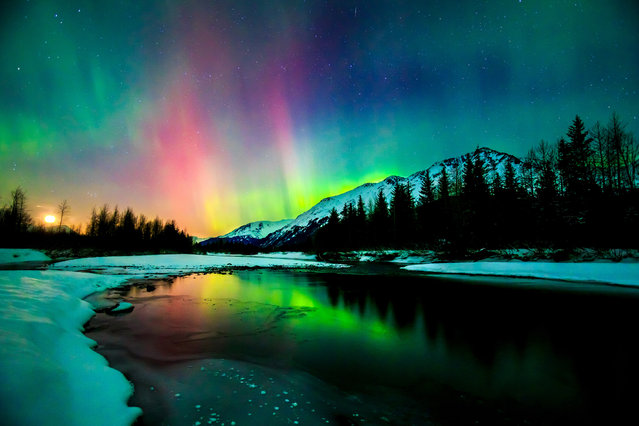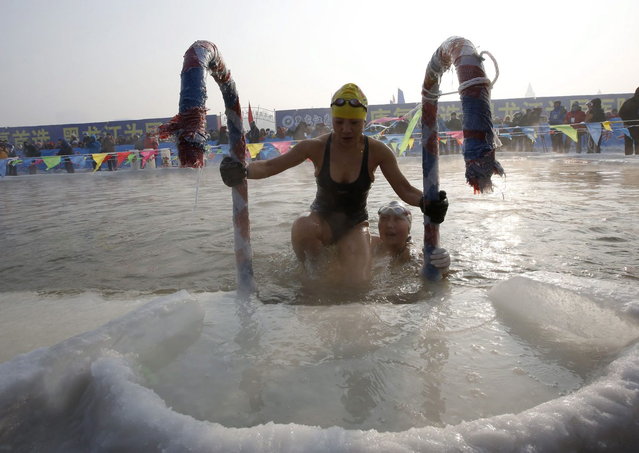
“Space Exploration Technologies Corp. (SpaceX) is an American space transport company founded by PayPal co-founder Elon Musk. It has developed the Falcon 1 and Falcon 9 rockets, both of which are built with a goal of being reusable launch vehicles. SpaceX is also developing the Dragon spacecraft to be carried to orbit by Falcon 9 launch vehicles. SpaceX designs, tests and fabricates the majority of their components in-house, including the Merlin, Kestrel, and Draco rocket engines. In December 2010, SpaceX became the first private company to successfully launch, orbit and recover a spacecraft (a Dragon)”. – Wikipedia
Photo: Elon Musk, CEO of Space Exploration Technologies Corp, speaks during a news conference at the National Press Club April 5, 2011 in Washington, DC. Elon Musk, CEO of Space Exploration Technologies Corp (SpaceX) and Tesla Motors, held the news conference to announce SpaceX's Falcon Heavy rocket which could complete missions to the International Space Station and Moon and should be ready for use by the end of 2012. (Photo by Brendan Smialowski/Getty Images)
Photo: Elon Musk, CEO of Space Exploration Technologies Corp, speaks during a news conference at the National Press Club April 5, 2011 in Washington, DC. Elon Musk, CEO of Space Exploration Technologies Corp (SpaceX) and Tesla Motors, held the news conference to announce SpaceX's Falcon Heavy rocket which could complete missions to the International Space Station and Moon and should be ready for use by the end of 2012. (Photo by Brendan Smialowski/Getty Images)
06 Apr 2011 09:05:00,post received
0 comments

